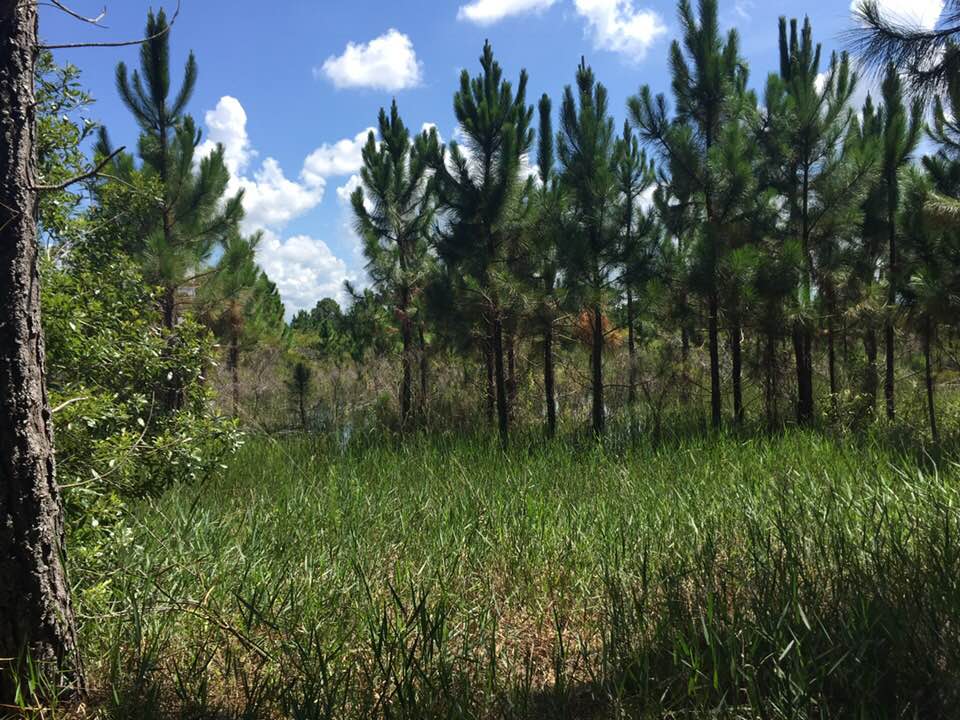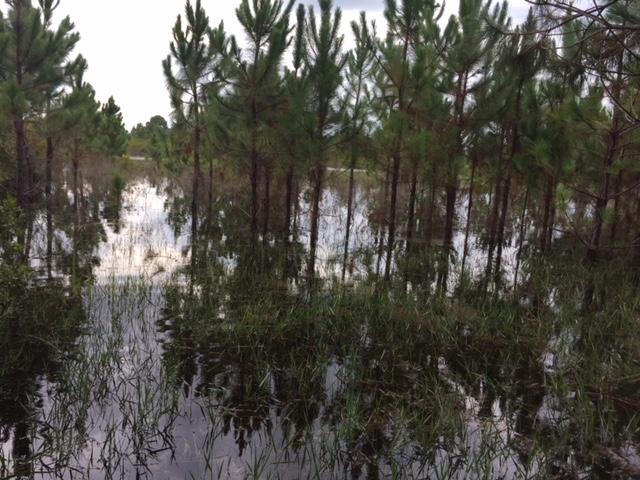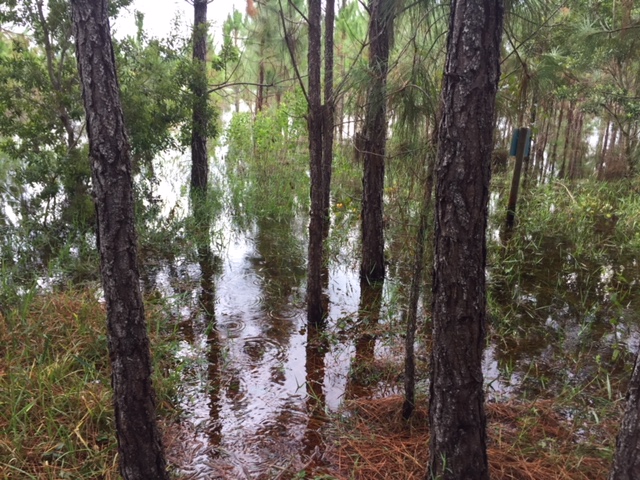
I remember hearing in school the statement,
. . . one constant in this world is change.
Understanding what that meant didn’t really sink in until I spent a lot of time outdoors.
In nature, everything is connected in some way. The plants depend upon the nutrients the soil or water supplies them. The animals live off of the plants and other animals and somewhere in there we fit in too. There’s a cycle, rhythm, and pattern to things. Even the ground beneath our feet goes through a continuous process of change.
I’d see these evidenced around me almost everyday. Some of them were very obvious, like my lawn. It grows and I mow it. It grows again and I mow it again, etc. Then there are the things that change but take place slowly. Some changes are so slow we don’t notice them as much, like the Cider tree I planted in my yard. At first it was a sampling, only about four feet tall. Today, nearly 20-years later it reaches some 100 ft or more with large branches stretched out from its thick trunk. Wow! Did I sleep through all of that change or was it not that noticeable until now? Sometimes that’s exactly how we recognize what happens around us.
Our lakefront is an excellent example of that. Here is an area, impacted by water that has gone through awesome transition over the past 40-some years. When we first built our house there was a barrier of shrubs and scrub oaks between us and the lake. There was a strand of short grass and pine-needle carpeted ground dotted with slash pines and an old jeep trail. Beyond that spread knee-high wire grass, scattered wax myrtle bushes, and other grasses out into a lake bed that was partially dry, except for a pond of standing water on either side of the grassland. All of that has changed over time.
As the lakes’ water level receded over the years, a natural succession of pine trees gradually sprang up in this grassy area. This stand of pines grew steadily for close to 10-15 years. In time, the entire lakefront was transformed into a pine forest along the shore where once there was only grasses. This was the case for some time until heavy rains returned and we had a couple of very wet years. Suddenly, everything began to change.
For several weeks the water level in the lake rose completely submerging the pines and any shrubbery that had accompanied this ecosystems’ associated plants. As days turned to weeks and weeks into months the pines began to drown. The smaller saplings were first with their needles turning brown. The larger trees lasted a little longer. The longer their trunks were under water even these more mature pines began to display yellowed needles that eventually became brown. Verification that the pines were dying came with the sounds of insects, such as beetles chewing on the trees. Woodpeckers next showed up and it was apparent a drastic change was taking place.

Nearly two years later, there is a ghostly limbless stand of dead pine trees, many of them still standing in water as the lake water level begins to slowly lower once again. As this takes place, we are witnessing a ecological change that is still part of the same cycles, rhythms, and patterns of things. Though we’ve seen change it’s a continuous process that will go on even after most of us are no longer here to witness.

